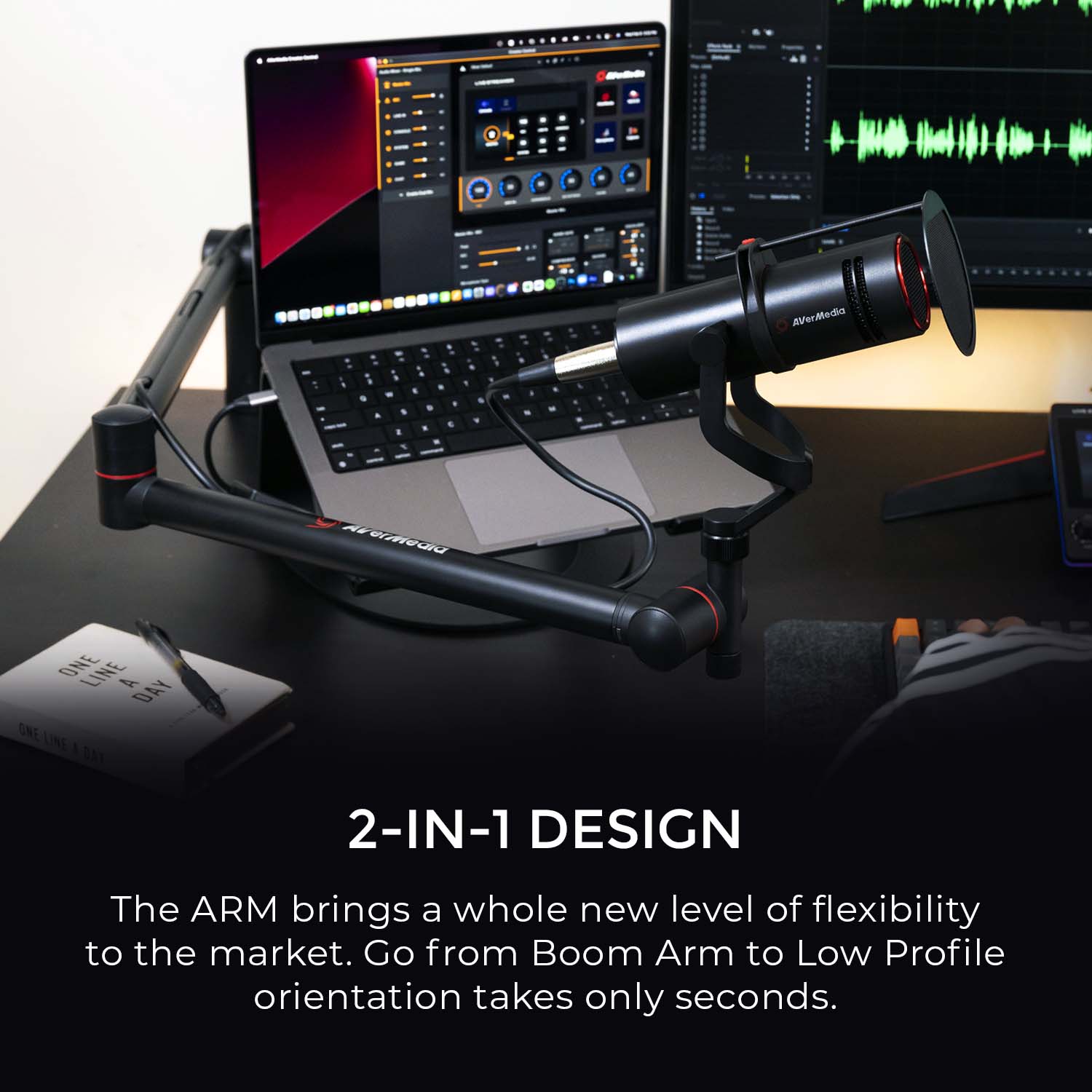Live Streaming and Real-Time ARM Applications
The convergence of ARM architecture with live streaming technology has opened new possibilities for content creators, developers, and businesses. ARM-based systems excel at handling real-time video encoding, streaming protocols, and interactive media applications due to their optimized instruction sets and integrated graphics capabilities.
Modern ARM processors feature dedicated hardware acceleration for video codecs like H.264, H.265, and AV1, enabling smooth 4K and even 8K streaming with minimal CPU overhead. This hardware-level optimization is crucial for live streaming applications where latency and quality are paramount.
The integration of machine learning accelerators in recent ARM designs has further enhanced live streaming capabilities, enabling real-time content analysis, automated quality adjustments, and intelligent bandwidth management that adapts to network conditions dynamically.




